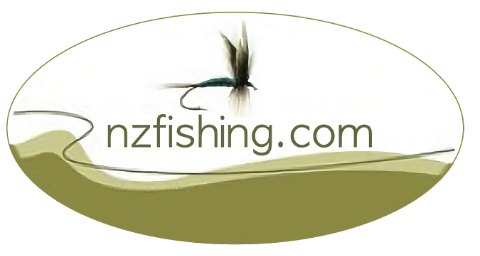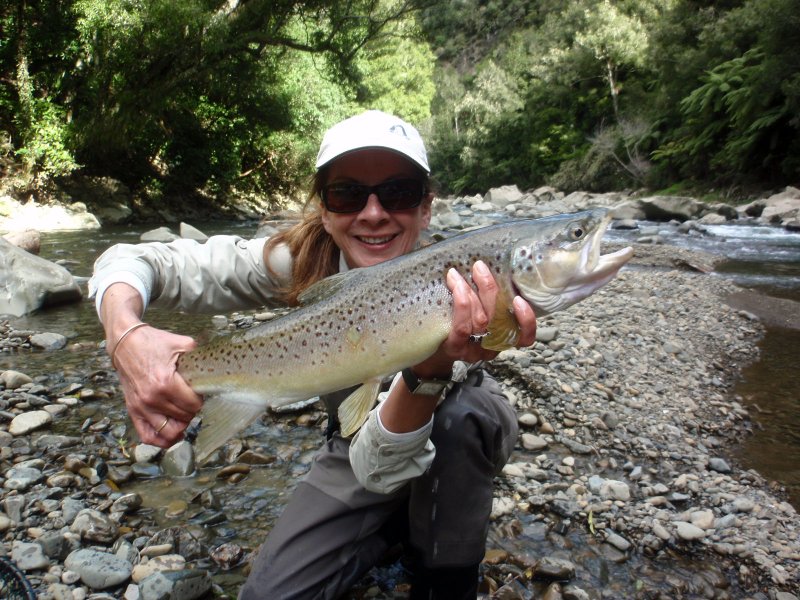|
From the headwaters to Murupara.
Description
In the upper reaches before the river crosses SH 5, the river is small and generally overgrown and therefore difficult to fish.
Downstream from SH 5 there is 25 kilometres of excellent, very highly regarded water where the river flows through the Kaingaroa Forest and over a shingle and stone bed. The water is generally slow flowing and is usually tinged light brown, making fish difficult to spot. There are some areas of faster water and riffles.
Methods
Although this section provides excellent spinner water most fisherman prefer to use the fly, particularly dry flies and nymphs. Fish in this section rise freely throughout
the day and there is also excellent nymph fishing. Over the summer period from October to March, during the caddis and mayfly hatches in particular, the fishing can be very good.
Fish numbers and size
Large numbers of both rainbow and brown trout around 2 kg, with many reaching impressive sizes (up to 5 kg), may be found in the upper reaches.
Access
From SH5, take River Road. Then turn into the Eastern Boundary Road which gives access down to the small settlement of Te Awa.
The stretch from Te Awa camp to the upper limit at Otamatea is largely accessible and has an unsealed road running close by.
See the Upper Rangitaiki access map.
Kaingaroa Forest access and permits
Angler access into the Kaingaroa Forest is via Pekepeke Road and Kiorenui Road at Murupara.
To fish or camp in Kaingaroa Forest, first get a permit from:
Independent Security Consultants, 66 Tarewa Rd, Rotorua
Phone: 07 347 8880
You will need to supply your vehicle and fishing licence details.
If you are thinking of fishing the areas that require a forestry permit, it pays to ring Independent Security Consultants first to make sure the area is open, as the fire risk can be high in the summer months.
Fire risk
Camping is permitted only at Te Awa and depending on fire danger. Only gas fires may be used. Anglers must be very mindful of not starting fires during the dry months.
Tributaries
There are several major tributaries along the upper reaches of the Rangitaiki River. These include the Otamatea River, Otangimoana stream, the Wheao River (Rangitaiki Canal) and the Flaxy Lakes.
|




